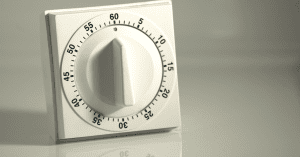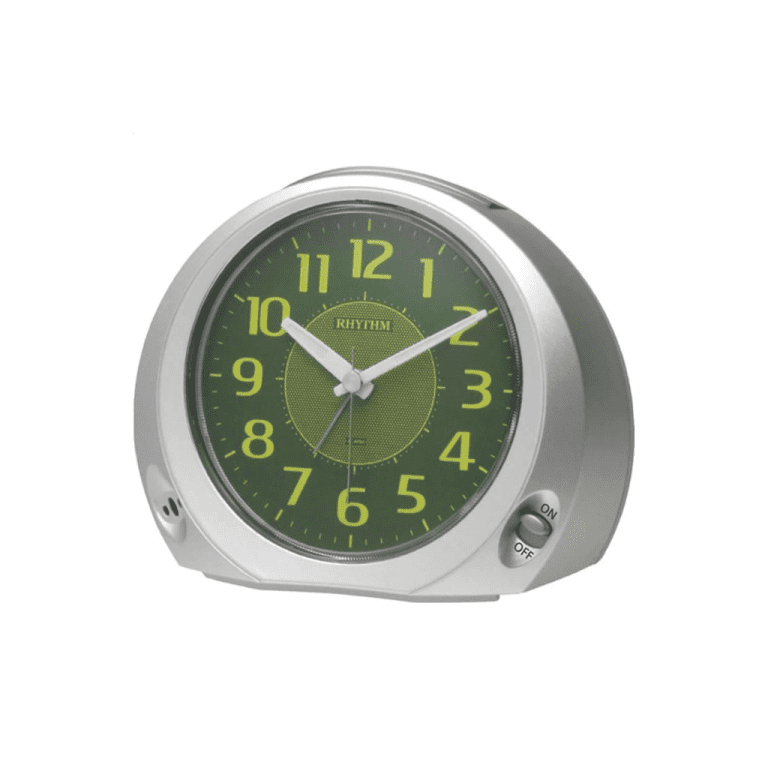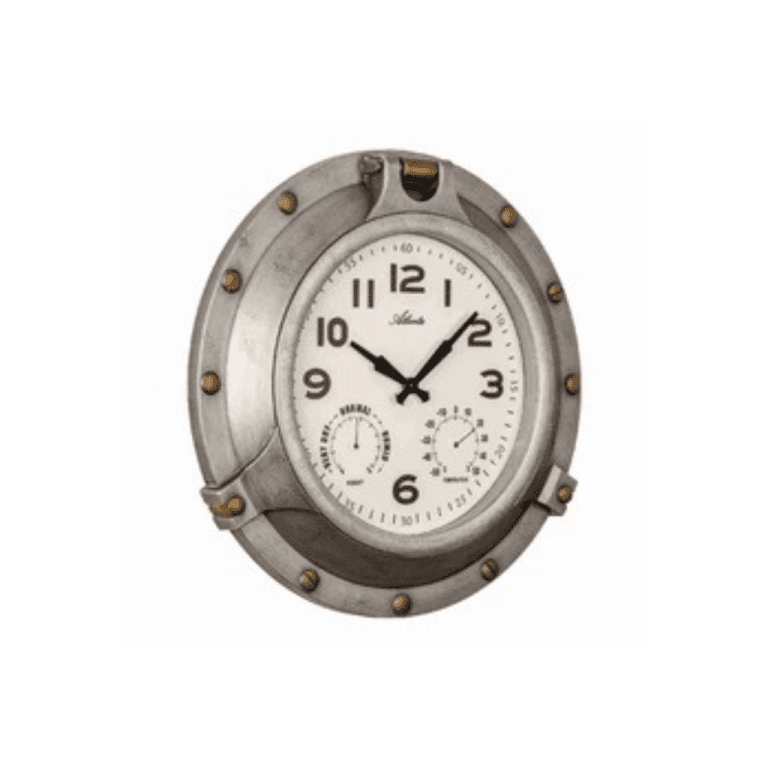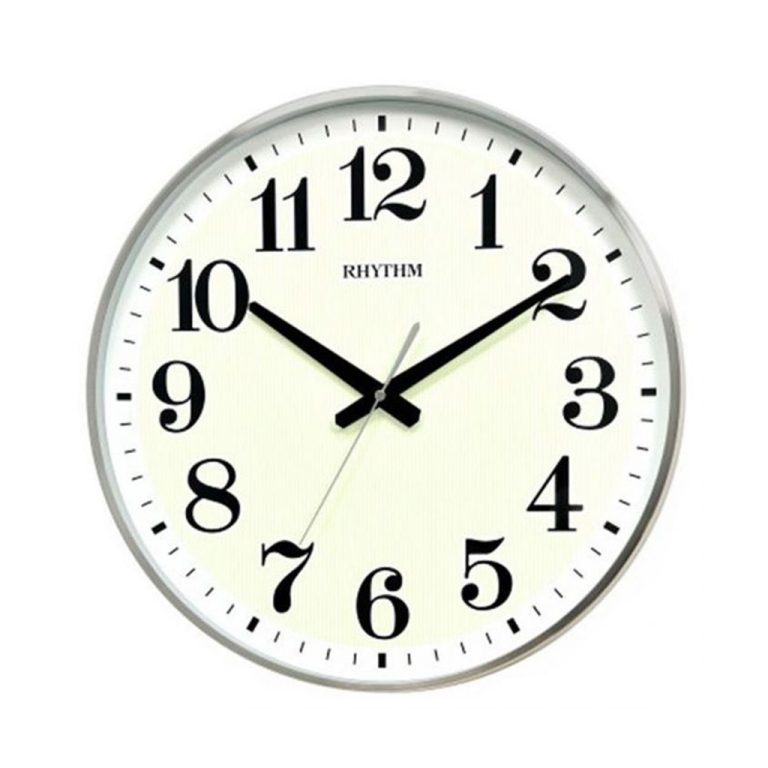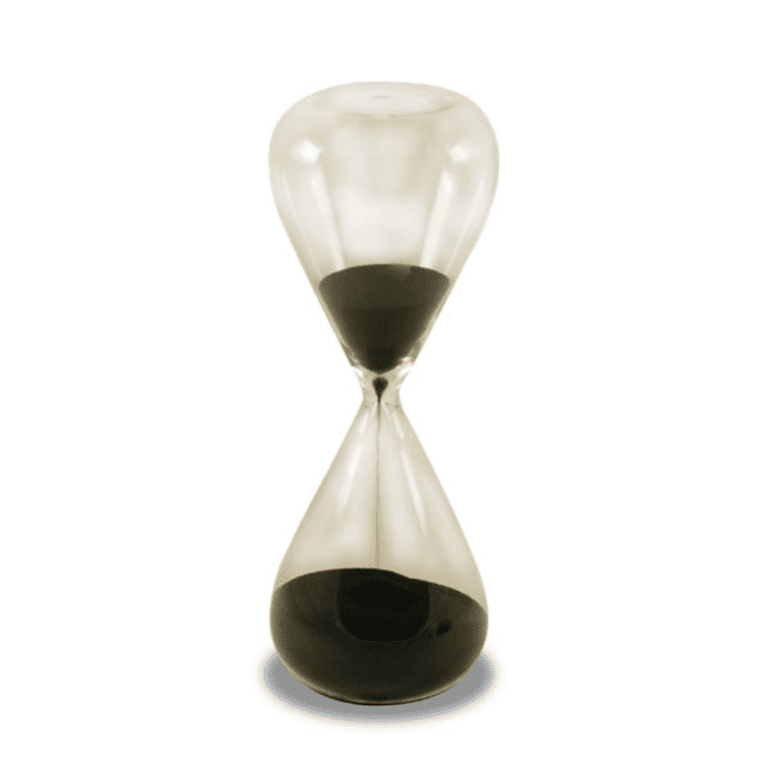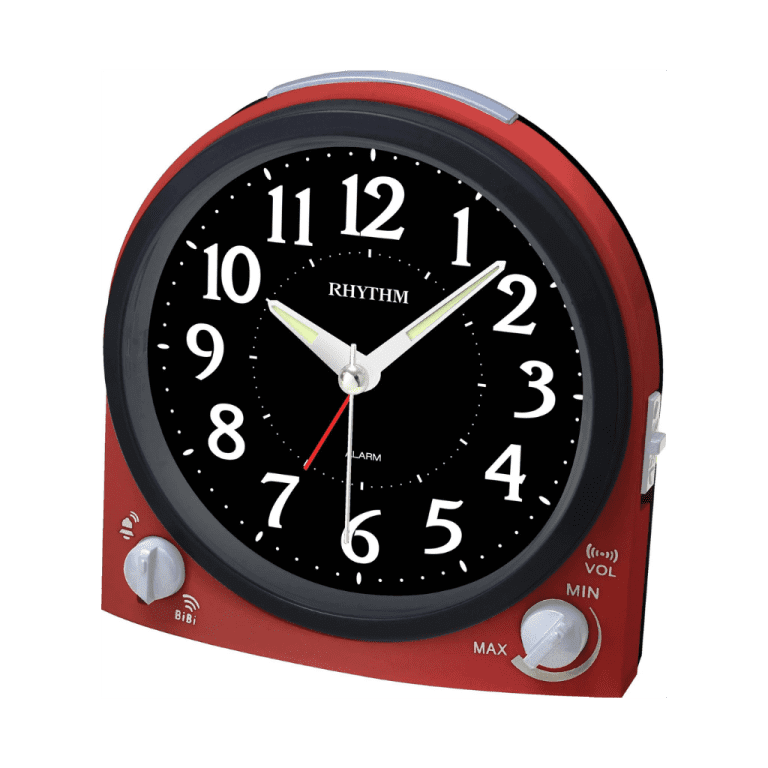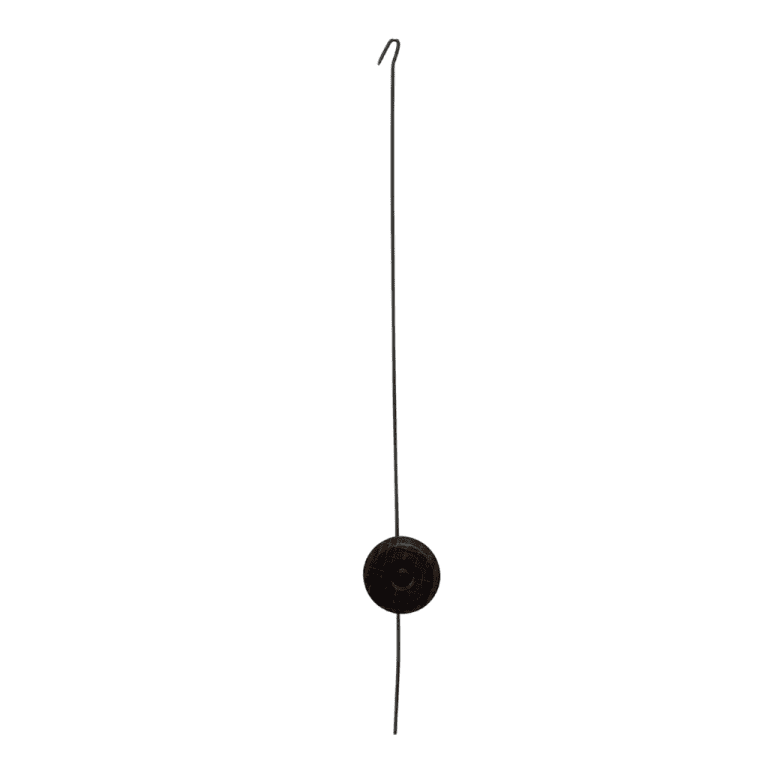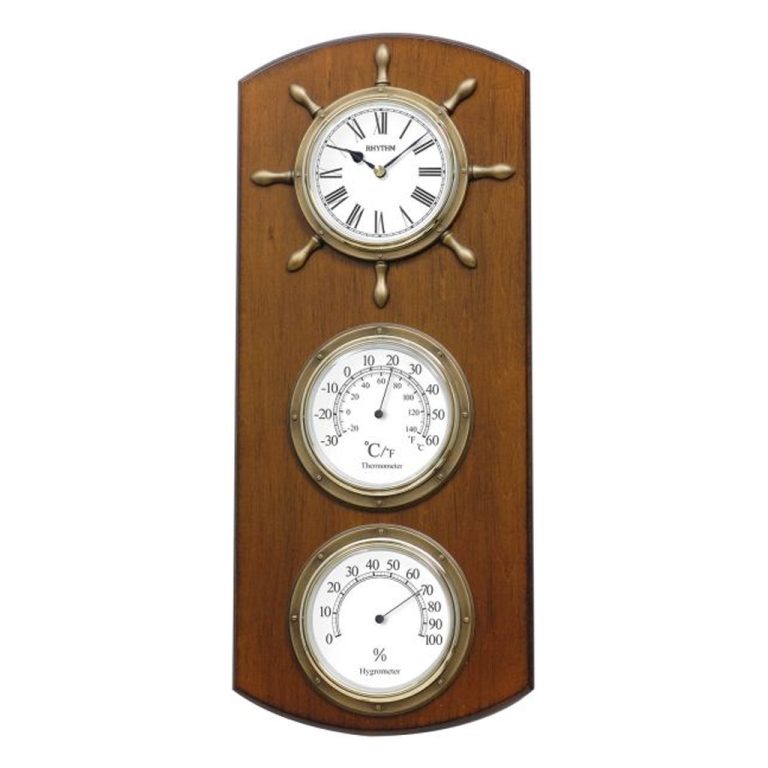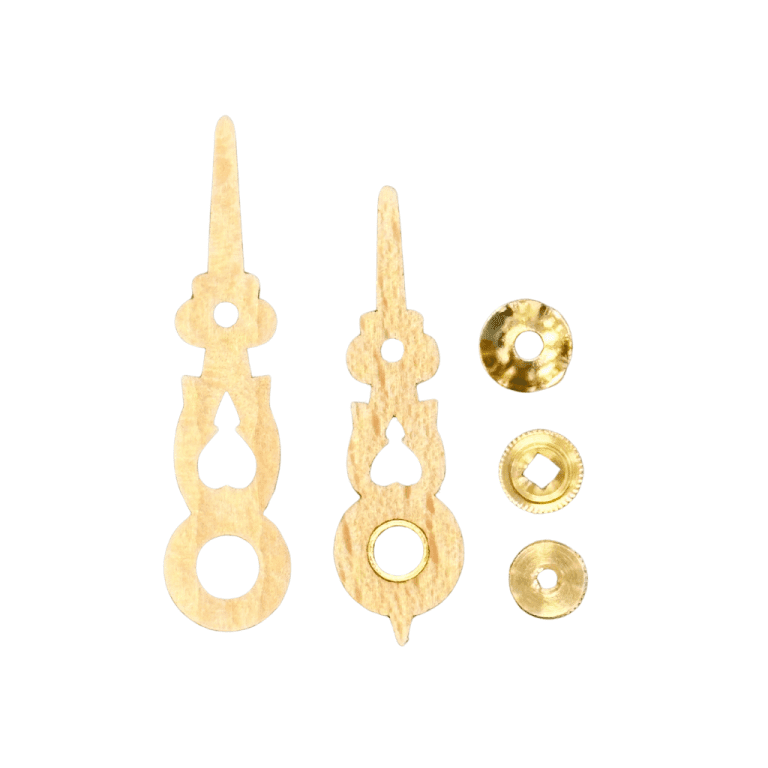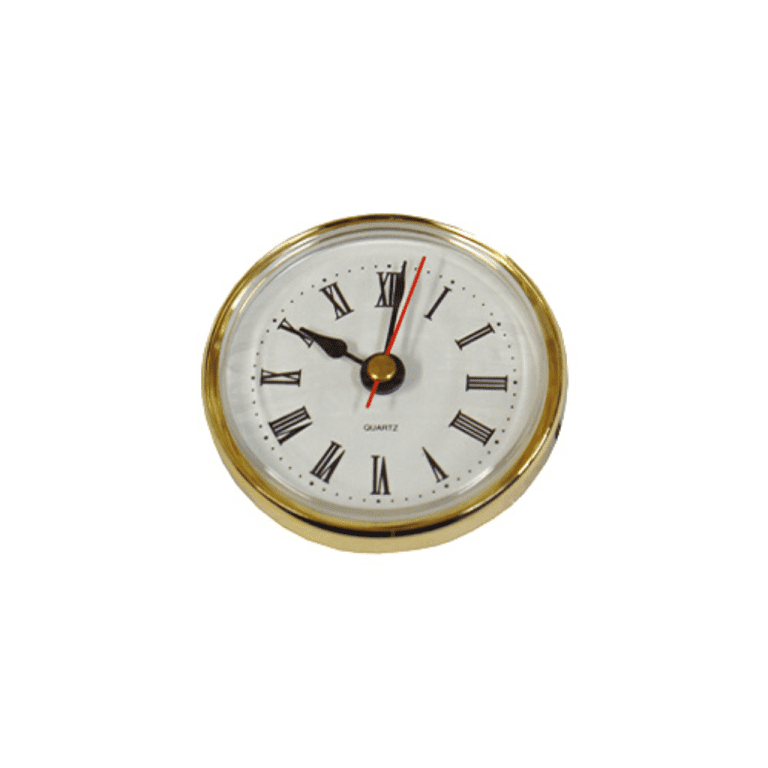Pocket watches have long been symbols of elegance, craftsmanship, and tradition. Although they’ve largely been replaced by wristwatches and digital devices, pocket watches remain prized by collectors and enthusiasts for their timeless charm. Over the centuries, various types of pocket watches have been developed, each with its own features and historical significance. Understanding the different types can help you choose the right one—whether as a gift, a collector’s piece, or a personal accessory.
1.
Open-Face Pocket Watch
An open-face pocket watch does not have a protective metal cover over the dial. The time is visible at all times, which makes it convenient for quick glances. These watches typically have the crown (winding knob) at 12 o’clock and the seconds subdial at 6 o’clock. Open-face designs are often more modern in appearance and are favored for their sleek, minimalistic style.
2.
Hunter-Case Pocket Watch
A hunter-case pocket watch features a hinged metal cover that protects the face of the watch. This cover opens with a spring mechanism when a button is pressed. The design offers added protection from dust, scratches, and damage, making it a practical choice for those who carry their watches daily. The case is often ornately engraved, adding to its decorative appeal.
3.
Half-Hunter Pocket Watch
A variation of the hunter-case, the half-hunter pocket watch has a small glass window in the metal cover, allowing you to read the time without fully opening it. Roman numerals or markers are usually engraved around the window to assist in reading. This type balances protection with ease of use and is both functional and stylish.
4.
Double Hunter Pocket Watch
A double hunter has two covers—one on the front to protect the dial, and another on the back to reveal the watch’s intricate movement when opened. These are often mechanical watches with beautiful internal gears and mechanisms on display, making them popular with collectors who appreciate fine craftsmanship. Double hunters often have a 90-degree dial layout for easier reading when held in the hand.
5.
Railroad Pocket Watch
Railroad watches were developed in the 19th century to meet the strict standards of accuracy and durability required by railway workers. These watches are typically open-face and feature bold, easy-to-read numerals, a large winding crown, and high-precision movements. They played a critical role in preventing train collisions by helping conductors and engineers stay on exact time.
6.
Skeleton Pocket Watch
A skeleton pocket watch showcases the mechanical workings of the watch through a transparent or cutaway dial. The internal gears, springs, and cogs are visible, allowing the wearer to appreciate the artistry and complexity of the movement. These are often chosen for their visual appeal and are popular among watch enthusiasts.
7.
Quartz Pocket Watch
Modern quartz pocket watches use battery-powered quartz movements. They are more affordable and require less maintenance than mechanical options. These watches keep very accurate time and are ideal for those who want the look of a classic pocket watch without the responsibility of winding or servicing.
In Conclusion
Pocket watches come in a wide range of types to suit different styles, needs, and preferences. From elegant hunter cases to precision railroad models and modern quartz options, there’s a pocket watch for everyone. Each type offers its own blend of history, beauty, and function—making pocket watches as special today as they were centuries ago.




